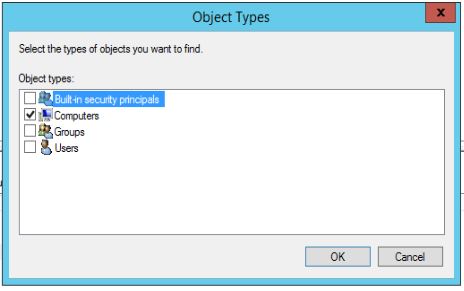- Login Sharp web unitality using IP address, for example http://192.168.1.21.
- Go to Network Settings>Quick Settings>SMTP Settings.
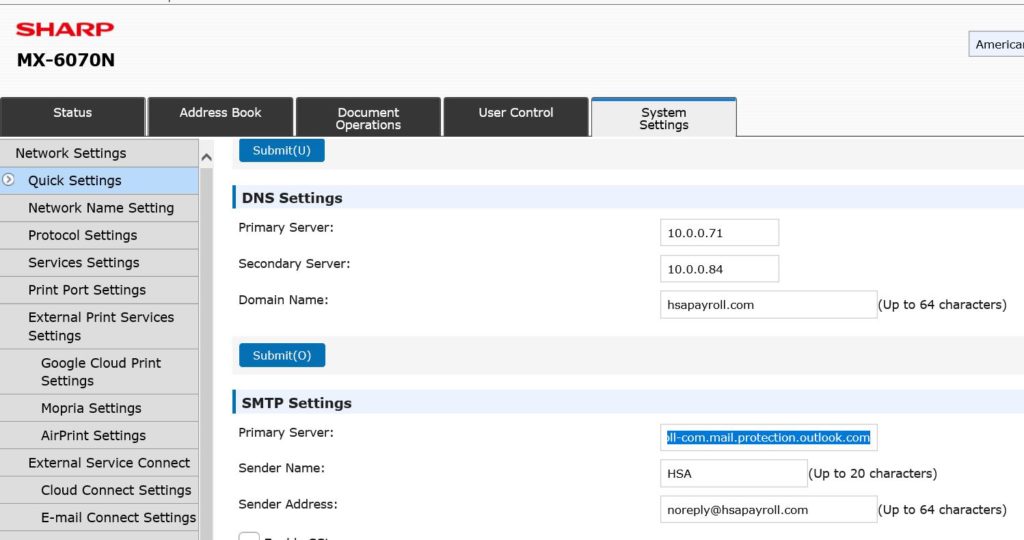

The username is Administrator and password is admin or sharp.
To get daily updates, group invites, and select an alternate posting address, you need to edit Yahoo Email Preferences. Here is how.
2. Click Groups.
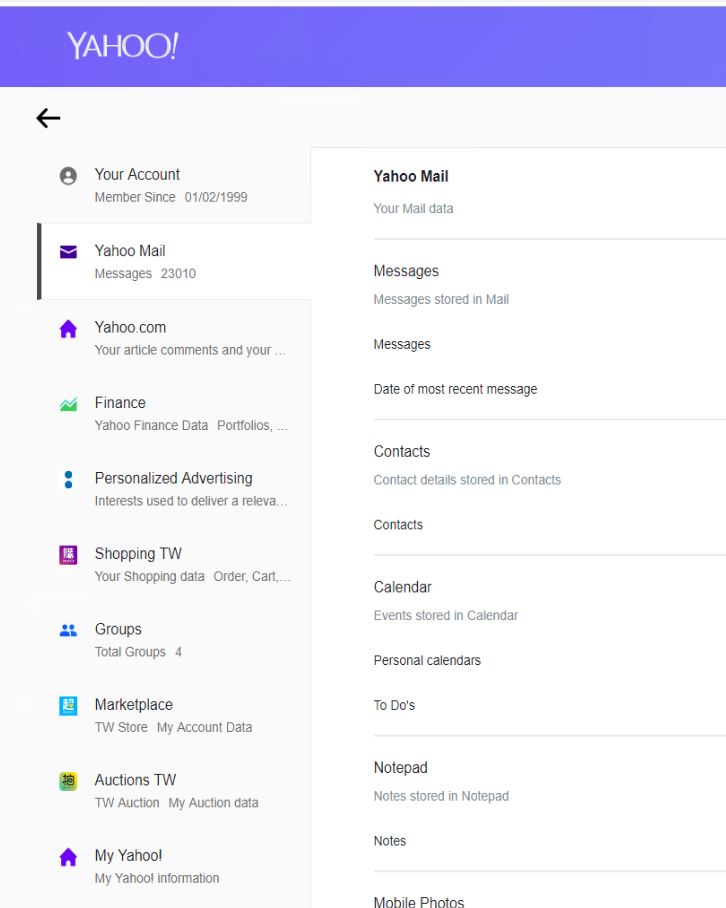
3. Click Go to Yahoo Groups.
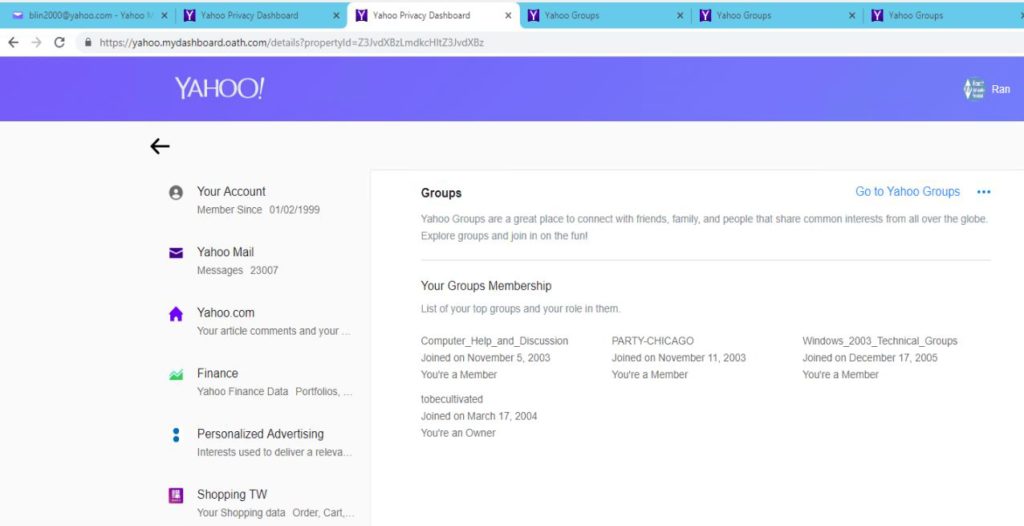
4. All My Groups. Click Email Preferences.

5. Click Email Preferences.
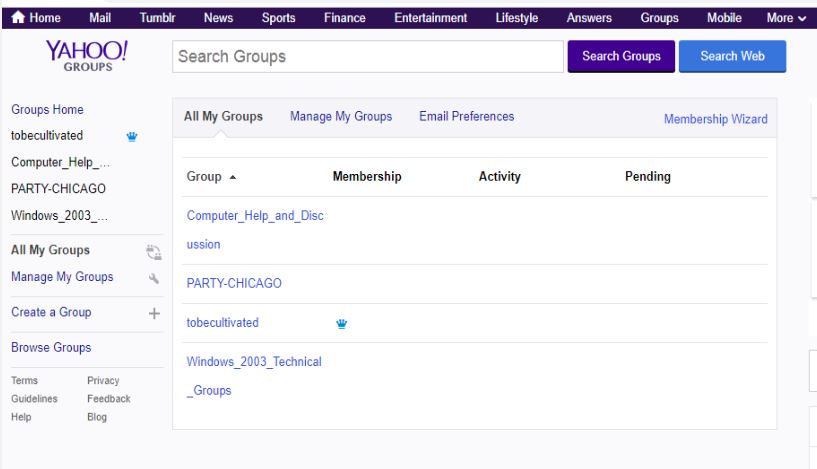
6. In the email you want to make the change, click Edit.

7. 7.Select the option you’d like to enable: ◦Group Invites ◦Updates Email ◦Yahoo ID Preferences ◦Alternate posting address.
8. 8.Click Save.
Q: I setup a new desk phone for a new user. She can make a call. However, the screen shows Available only, no user name and extension. Why?
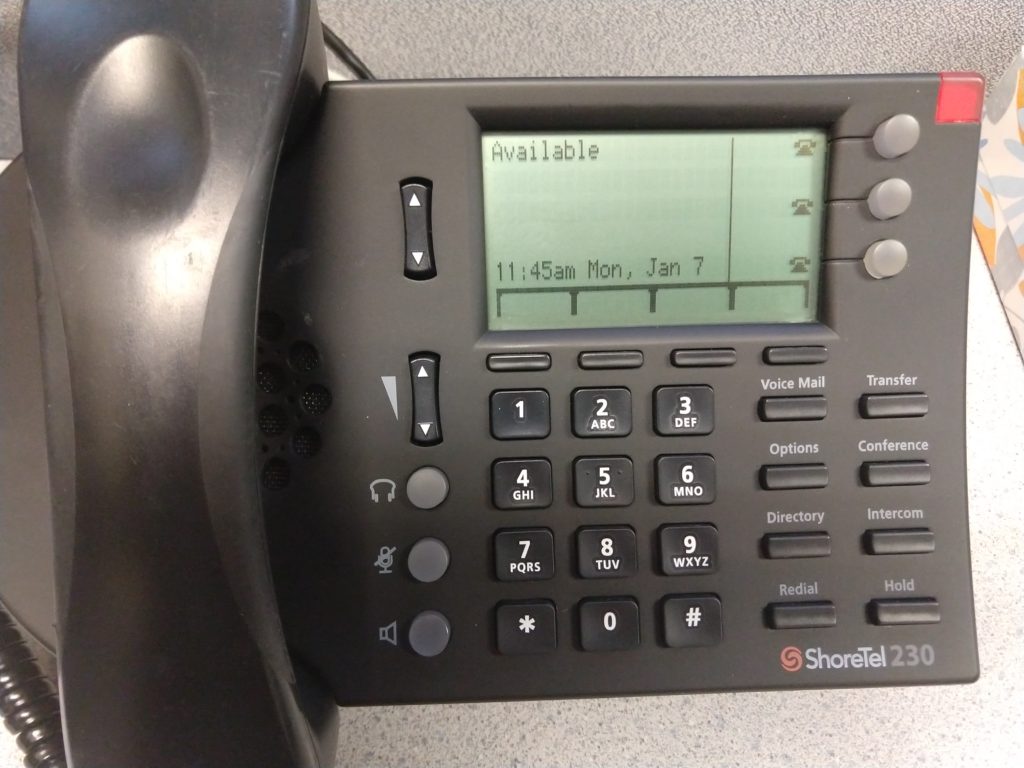
A: The user needs to log into the phone or the phone needs to be assigned to the user by the MAC address in director
The process to log in to the phone is as follows
Please view this step by step video:
1. From the printer control panel, touch Setup and then touch Network Setup.
2. Touch Ethernet Settings or Wireless Settings.
3. Touch Advanced Settings.
4. Touch IP Settings.
5. A message appears warning that changing the IP address removes the printer from the network. Touch OK to continue.
6. Automatic is selected by default. To change the settings manually, touch Manual, and then enter the appropriate information for the following settings:
● IP Address, for example 192.168.0.51
● Subnet Mask 255.255.255.0
● Default Gateway 192.168.0.1
● DNS Address 192.168.0.1
7. Enter your changes, and then touch Done .
8. Touch OK .
Ensure the range extender is powered on.- Press and hold the reset button on the rear of the device for 5 seconds.
Note: Resetting the range extender to factory default will erase the current configurationsettings. To re-configure your settings, log into the range extender as outlined in question 1, then run the Setup Wizard.
In this article, we use D-Link WiFi Dual-band DAP-1650 Extender as example.
1. CONNECT TO YOUR PC by using the included Ethernet cable to connect the DAP-1650 toyour desktop or laptop PC.
2. Open a web browser and go to http://dlinkap.local (or http://dlinkapxxxx.local (the last four digits of MAC address)) or DAP-1650 default IP address http://192.168.0.50 (make sure you pc also in the same IP range). Thedefault User name is Admin, and the default Password is blank.
3. Now you can use the setup wizard to configure AP, MediaBridge or Repeater mode on your DAP-1650.
Dual-band routers broadcast on two different frequencies: 2.4 GHz and 5 GHz. The 5 GHz band offer faster data rates for shorter distance, while the 2.4 GHz band offer long distance coverage but slower data rates. The 2.4 GHz band ranges from 2.412 – 2.472 GHz, divided in 13 channels and the 5 GHz band ranges from 5.180 – 5.825 GHz and has 23 channels. 2.4 GHz band is very much congested and results in dropped connections also while the 5 GHz band have less congestion and offer high speeds.
The 2.4 GHz band is widely used by most of the wireless devices making it crowded and noisy. Currently, 2.4 GHz is oversaturated with devices. That’s because almost every smartphone, tablet and laptop uses either Wireless-G or Wireless-N to connect to receive Internet. Imagine what would happen if twenty people tried to exit a bus through the same exit at the same time – the same holds true for data transmissions. The air can only hold so much traffic at any one time.
The simplest solution to solving oversaturation of a broadcast frequency: Try switching to another frequency. Almost no one uses the 5 GHz bandwidth. 5 GHz: 802.11ac broadcasts entirely on the 5 GHz broadcast spectrum. The wireless-AC standard remains today’s fastest, consumer-available means of connecting to your computer.
Which one should you choose?
•If you want faster speeds, 5 GHz is a better choice than 2.4 GHz.
•5 GHz band are great for HD media streaming while 2.4 GHz band are great for everyday web browsing.
•If you want longer wireless range, 2.4 GHz is a better choice than 5 GHz.
•If you are using lots of devices that use 2.4 GHz and you are experiencing interference or connectivity issues, then 5 GHz is a better choice.
The best resolution is purchasing dual-band and configure one SSID (for example chicagotech) instead of two SSID (for example 2.4GHz and 5GHz).
Go to Settings icon>Features/call control.
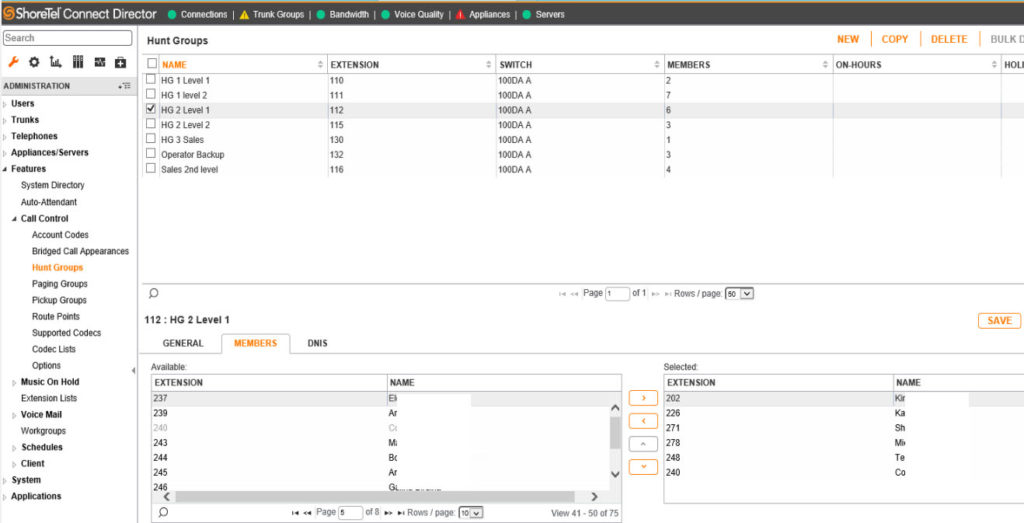
After installing WSUS on a server, creating computer group in WSUS, creating a group policy to use WSUS, you also need to add computers to the group policy so that the policy to apply to those computers. Here is how.
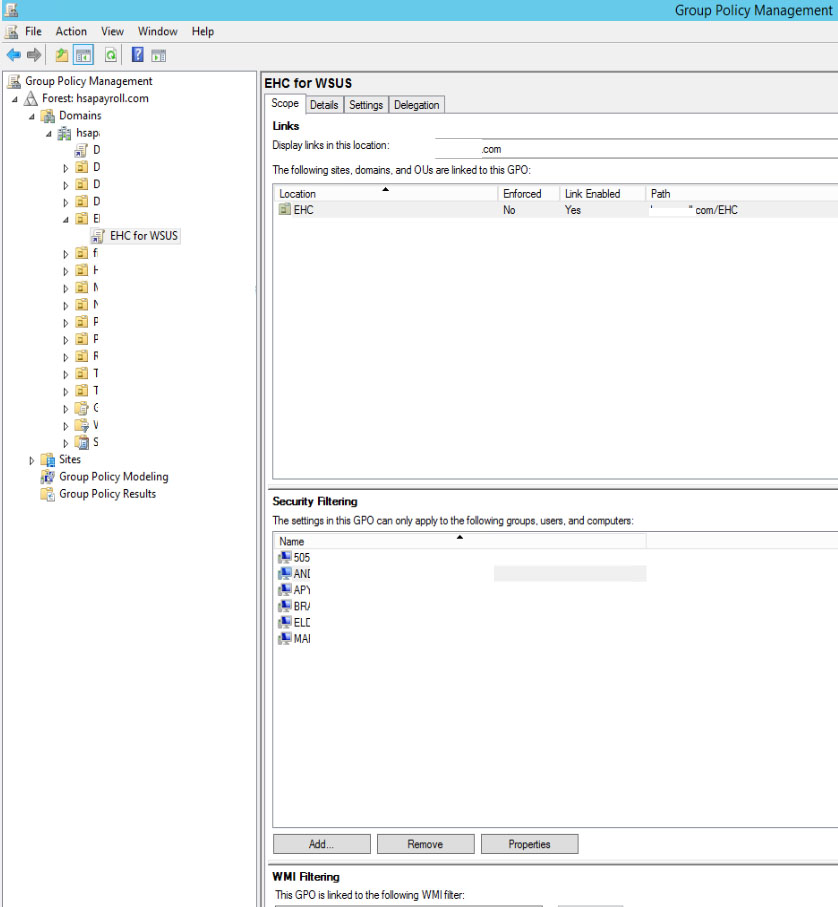
5. Make sure check Computers in Object Types.
